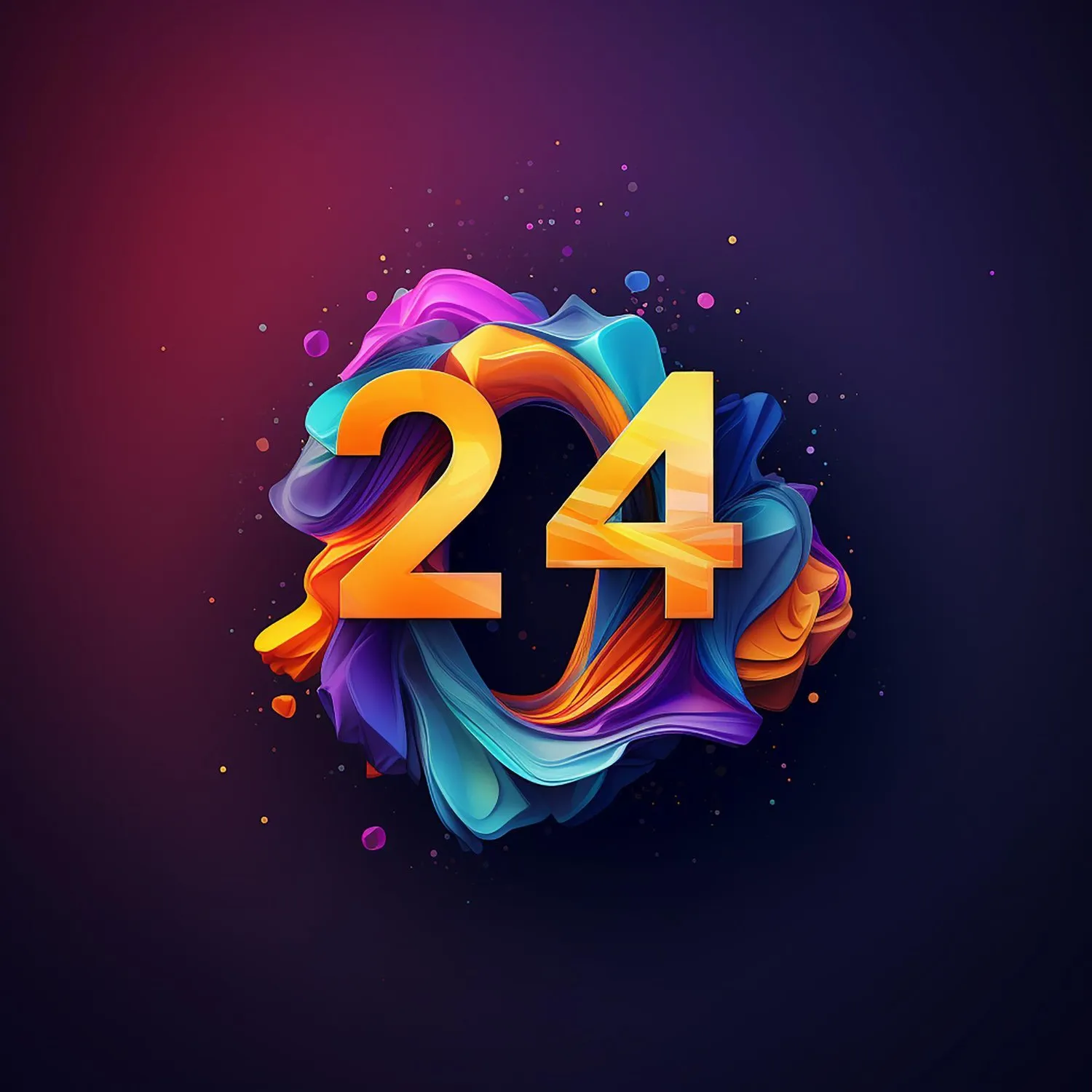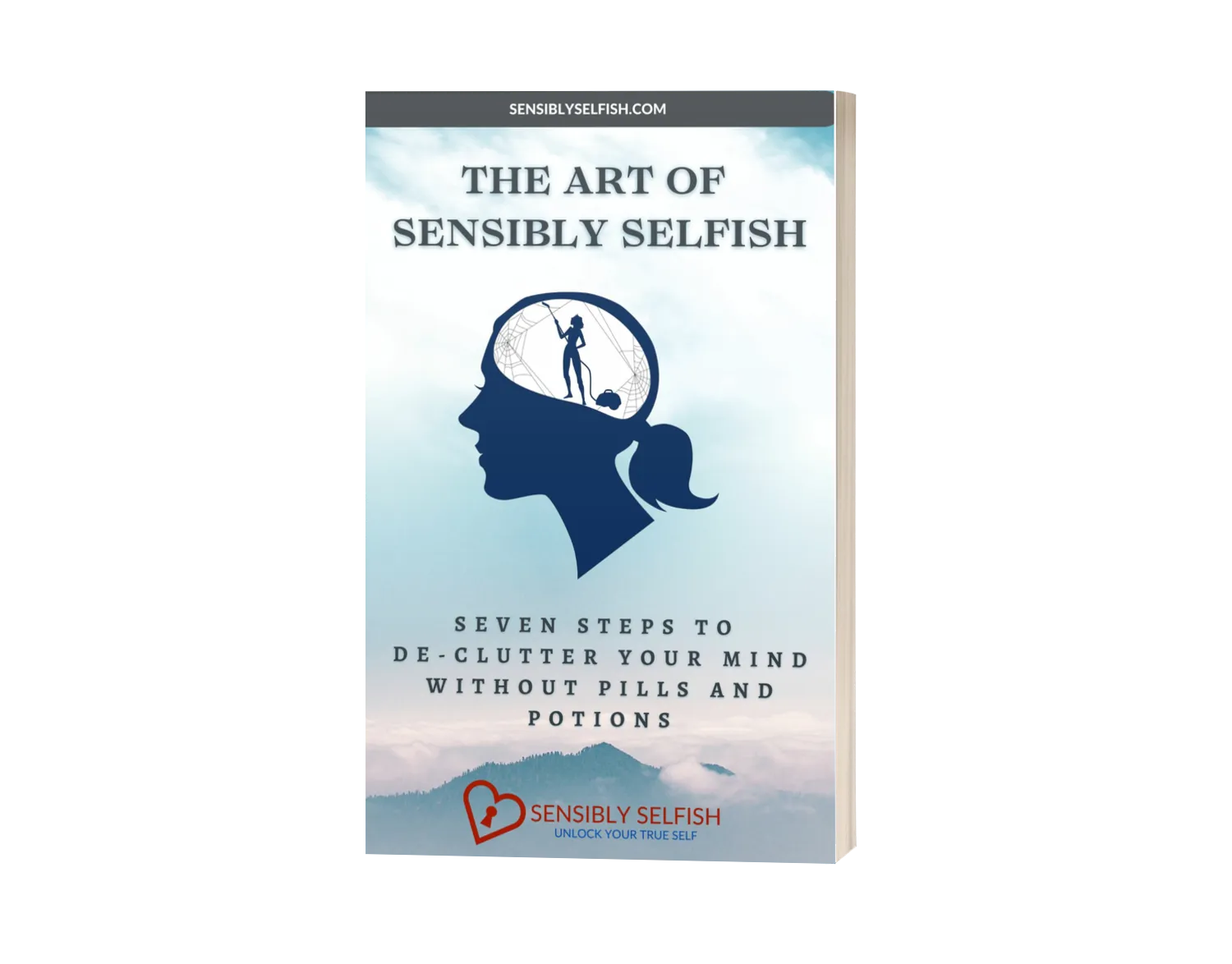Ink & Intention
What You May Have in Common with Maya Angelou
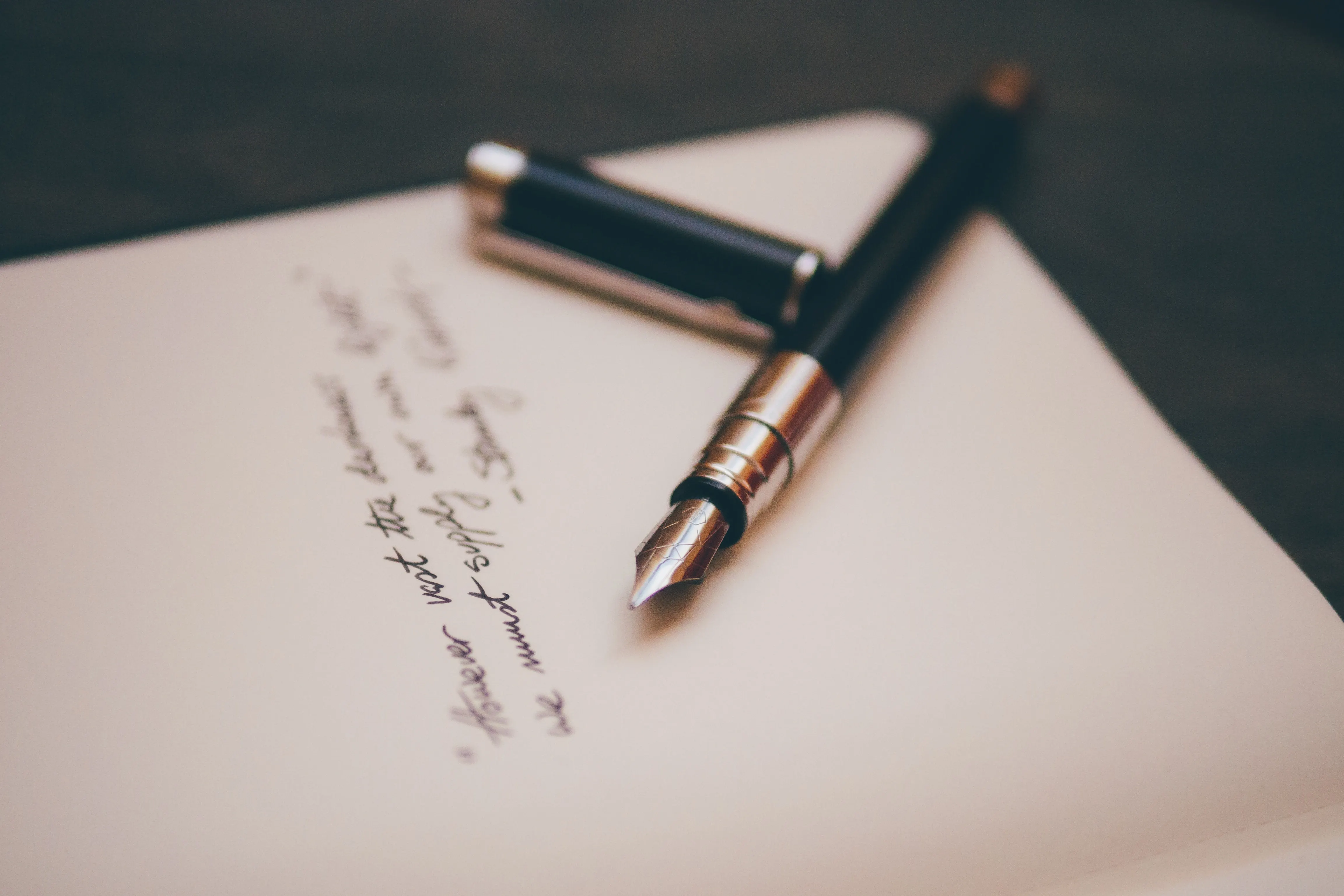
[Toc]
In the tapestry of personal growth, one thread stands out as both the mightiest and the simplest: journaling. It is the cornerstone of transformation, the Sensibly Selfish Sacred Space where thoughts take shape, dreams are nurtured, and intentions solidify into reality.
Throughout history, numerous remarkable women have wielded the power of journaling to navigate their worlds and shape their destinies. The likes of Virginia Woolf, Anne Frank, and Maya Angelou, to name a few, have left behind a legacy of profound insights and revelations etched into the pages of their journals.
In this post, we will uncover the secrets of harnessing this timeless practice, and explore how it can become your fast and simple beacon of change and self-discovery. If you have never journaled or hate the idea of writing, take heart, this post is for you.
Overcoming School-Induced Writing Anxiety
Many women may carry with them a lingering discomfort with writing, often stemming from negative experiences in school. You are not alone. It's crucial to recognize that journaling is an entirely different endeavor. Unlike formal academic writing, journaling is a deeply personal and private activity. There are no grades, no red ink, and no judgments. It's an opportunity to express oneself authentically, without any constraints.
Start by acknowledging any apprehension you might have about writing. Understand that it's normal, and it's a feeling that many people share. Remind yourself that your journal is a space for you and you alone. There's no need to worry about spelling, grammar, or structure. Let your thoughts flow naturally, just as if you were having a conversation with a trusted friend. Over time, you'll find that this practice can be incredibly liberating and therapeutic.
[CTA]
Choosing the Perfect Journal
Selecting the right journal is an important step in creating a fulfilling journaling practice. Here are some considerations to help you find the perfect fit:
Size and Format: - Consider whether you prefer a compact, portable journal or a larger one with more space for writing and creativity. Some may prefer lined pages for structured writing, while others might opt for blank pages for freer expression.
Material and Texture: - Pay attention to the feel of the journal. Some people prefer smooth, sleek covers, while others might find a textured cover more inviting. Consider whether you prefer hardcover, softcover, leather-bound, or something else entirely.
Paper Quality: - Look for journals with high-quality paper that won't easily bleed through or smudge. This ensures a pleasant writing experience and preserves your entries over time.
Binding Style: - Decide between spiral-bound, stitched, or glued journals. Each has its benefits; spiral-bound journals lie flat for easy writing, while stitched bindings are more durable.
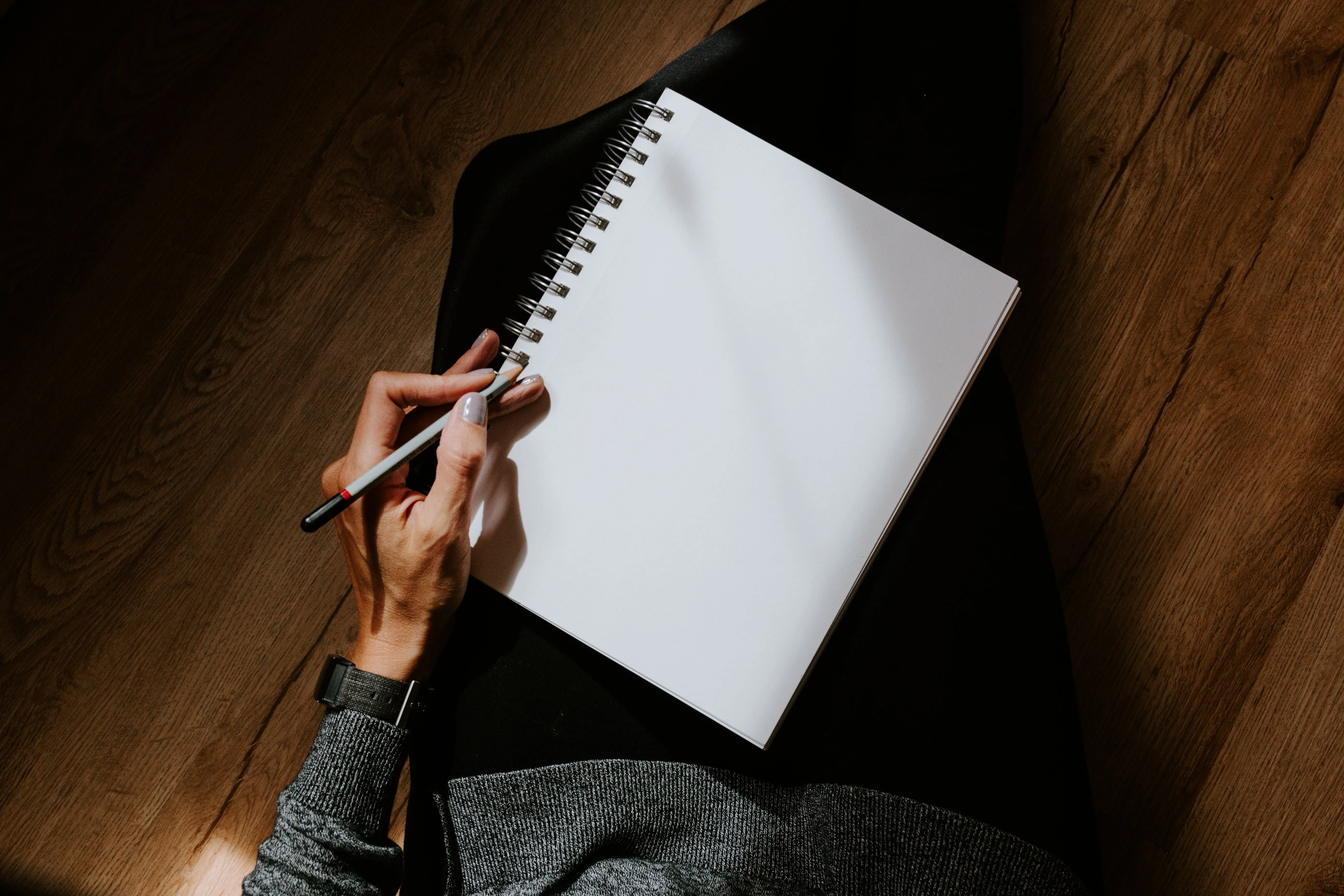
Personal Aesthetics: - Choose a journal that resonates with you visually. Whether it's a minimalist design, vibrant colors, or intricate patterns, your journal should be a reflection of your unique style.
Prompts or Guided Sections: - Some journals come with prompts or guided sections, which can be helpful for those who prefer a bit of structure. These prompts can serve as starting points for your entries.
Accessibility and Availability: - Consider where you'll be journaling. If you plan to carry it with you, a compact size might be more convenient. If you're journaling at home, you have more flexibility in choosing a larger journal.
Additional Features: - Some journals come with extra features like built-in bookmarks, pockets for keepsakes, or even inspirational quotes scattered throughout. These can add a special touch to your journaling experience.
Remember, there's no one-size-fits-all when it comes to journal selection. Take your time to explore different options and trust your instincts. The journal you choose should feel like an extension of yourself, inviting you to return to its pages again and again. By finding a journal that aligns with your preferences and needs, you'll be setting the stage for a more enjoyable and fulfilling journaling experience.
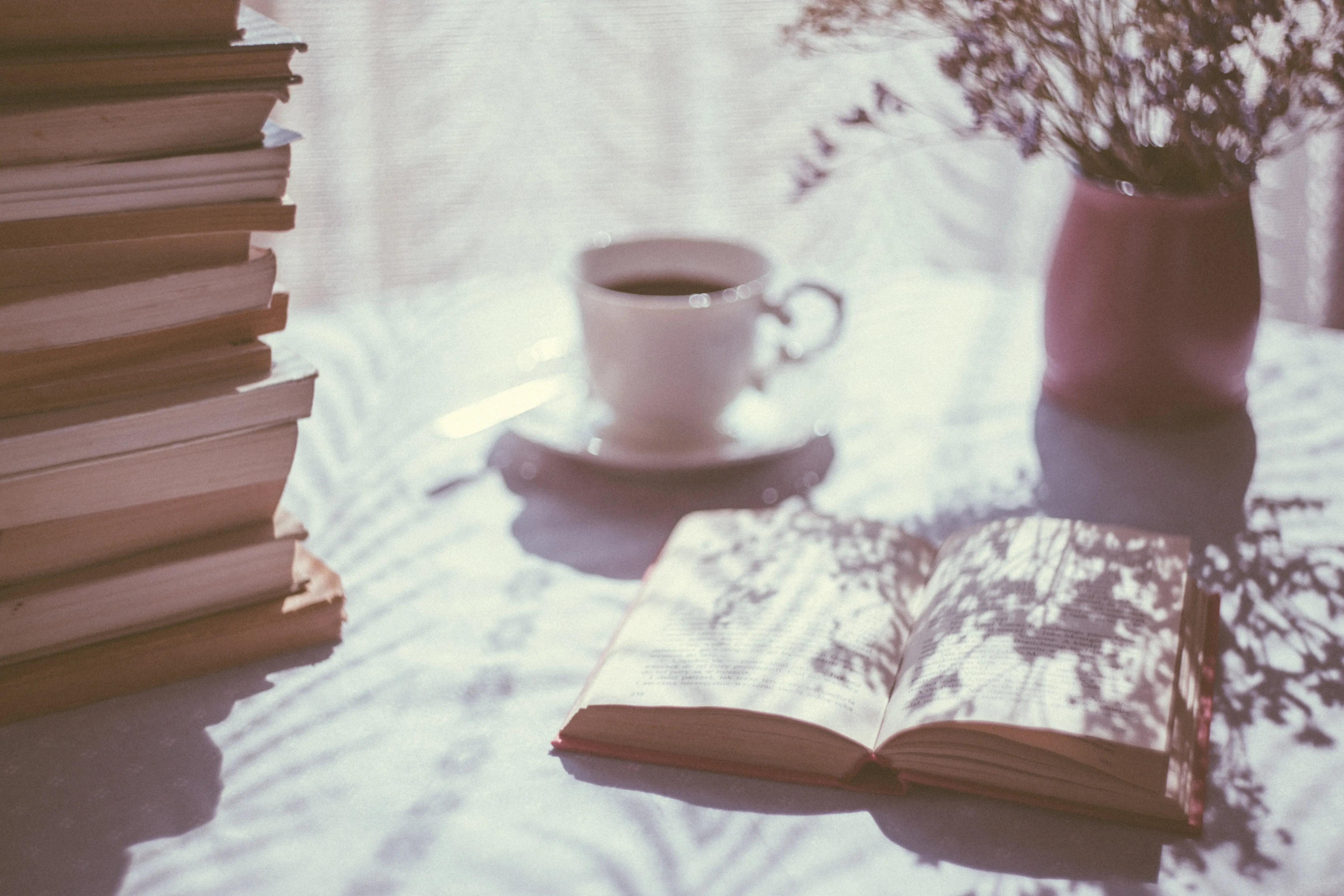
Disconnecting from Screens
In a world dominated by screens, the act of physically writing in a journal can be a transformative experience. The tactile sensation of pen on paper engages different parts of the brain and encourages deeper introspection. It provides a break from the constant digital stimulation and allows for a more mindful, focused reflection.
Simply put your head and heart are connected via your hand. To get the whole internal picture writing in a journal becomes the spark of magic.
Consider investing in a journal that feels comfortable in your hands, and select a pen that glides smoothly across the page. Find a quiet, comfortable space where you can be present with your thoughts. As you begin to write, you'll notice a sense of grounding and connection to your own inner world that can be difficult to achieve with a computer or tablet.
Creating a Supportive Journaling Environment
The environment in which you journal plays a significant role in the effectiveness of your practice. Choose a space where you feel comfortable and at ease. It could be a cozy corner of your home, a quiet spot in nature, or a comfortable chair by a window. Consider incorporating elements that promote relaxation, such as soft lighting, calming scents, and soothing background music.
Eliminate distractions as much as possible. Turn off your mobile phone or computer to avoid notifications, and create a sense of sacredness around your journaling time. This is your time for introspection and self-care. By curating a supportive environment, you're setting the stage for a meaningful and enriching journaling experience.

How To Journal
Now that you have your journal and understand the importance of the right environment to write in, you will find some journal writing techniques below. Take what resonates with you and remember, there are no rules in journaling. Whether it's verbal vomiting, expressive doodling, structured prompts, or any of the additional journaling techniques, let your journal be a sanctuary for your thoughts and emotions. Embrace this process as a gift to yourself, a sacred space where you can explore, reflect, and grow.
Verbal Vomiting on Paper
"Verbal vomiting" is a technique that allows you to release your thoughts without any concern for coherence or organization. Imagine it as a mental decluttering process. Sit down with your journal, take a deep breath, and simply write. It doesn't matter if it's a string of unrelated words or a jumble of thoughts. The goal is to empty your mind onto the page.
This process can be incredibly cathartic. It's a way to free yourself from the weight of thoughts that may be swirling around in your head. You'll find that as you continue to practice this, your writing will become more fluid, and you might stumble upon insights and realizations that you hadn't anticipated. Remember, there's no right or wrong way to verbal vomit; it's all about releasing whatever is on your mind.
The Power of Doodling
Doodling is a form of visual expression that can be just as powerful as writing in a journal. It's a way to let your creativity flow freely and can serve as a powerful tool for self-reflection. You don't need to be an artist; simple shapes, patterns, and even scribbles can convey emotions and thoughts.
Consider keeping a dedicated page or section in your journal for doodles. This can be a space to explore your feelings in a non-verbal way. Doodling can be particularly helpful when words fail to capture the depth of your emotions. It's a gentle reminder that there are many ways to communicate and process your inner world.
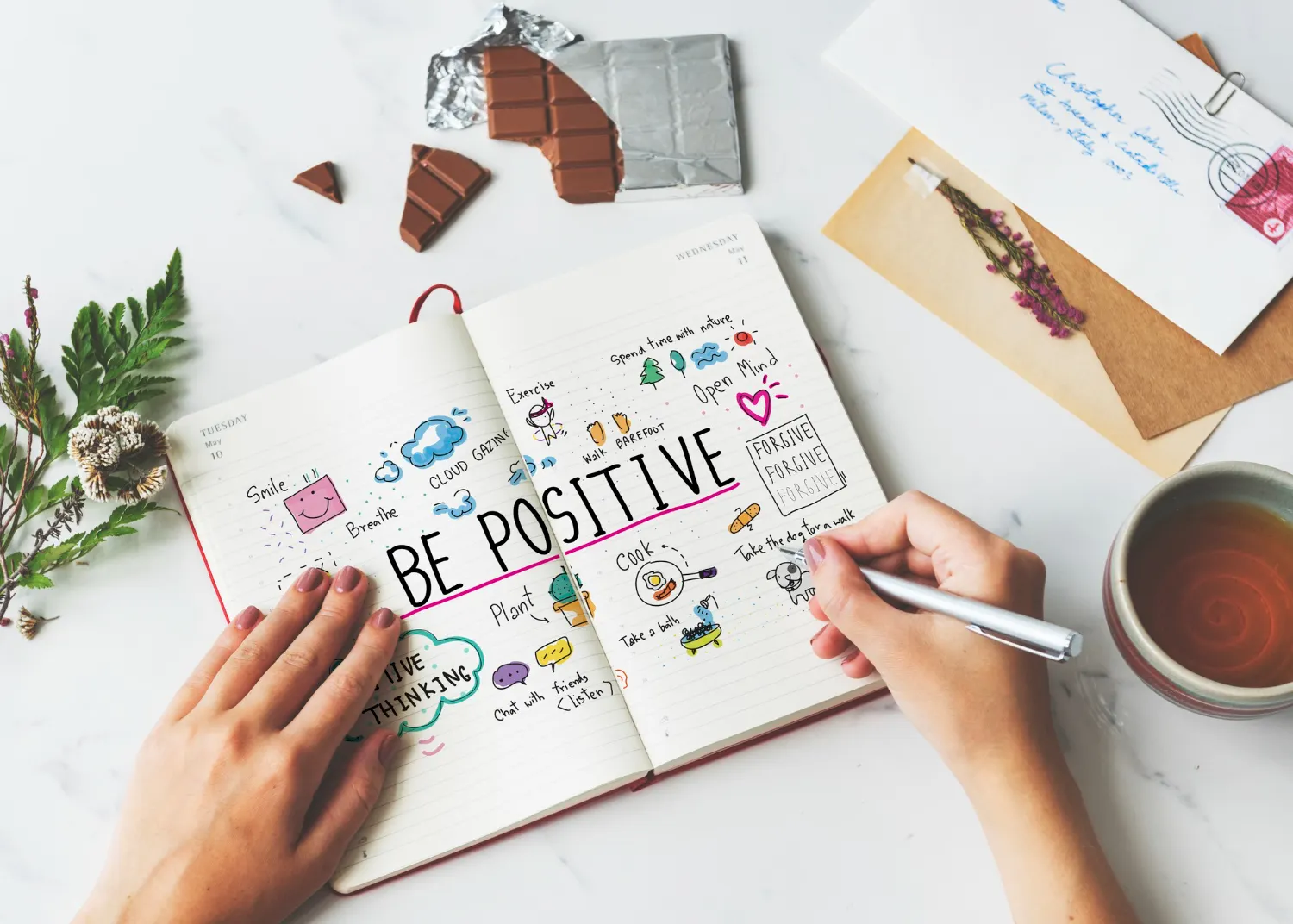
Incorporating Prompts and Exercises
Journaling prompts are powerful tools to kickstart your writing process. They provide a gentle nudge when you're unsure of where to begin. Here are a few prompts to get you started:
1. What am I grateful for today?
2. Describe a recent moment that brought me joy.
3. What are my current goals and aspirations?
4. Write a letter to your past self or future self.
Additionally, consider incorporating exercises that encourage self-reflection. For example, you might explore visualization techniques, and mindfulness practices, or even incorporate inspirational quotes that resonate with you. These exercises can deepen your connection with yourself and foster personal growth.
Additional Journaling Techniques
Mind Mapping or Clustering: Instead of writing in sentences or paragraphs, create visual representations of your thoughts using bubbles, lines, and keywords. This technique can help you see connections between ideas and stimulate creativity. You can create areas in different colors which will also allow your memory to expand.
Gratitude Journaling: Dedicate a section of your journal to listing things you're grateful for. This practice can cultivate a positive mindset and increase feelings of contentment and happiness.
Dream Journaling: Keep a journal by your bedside and record your dreams as soon as you wake up. This can provide insights into your subconscious thoughts and emotions.
Timer Writing: Set a timer for a specific duration (e.g. 10 minutes) and write continuously without stopping. This technique is the same as the Verbal Vomit technique above with the addition of a timer. This type of writing helps to bypass the inner critic and tap into your deeper thoughts and feelings through your stream of consciousness.
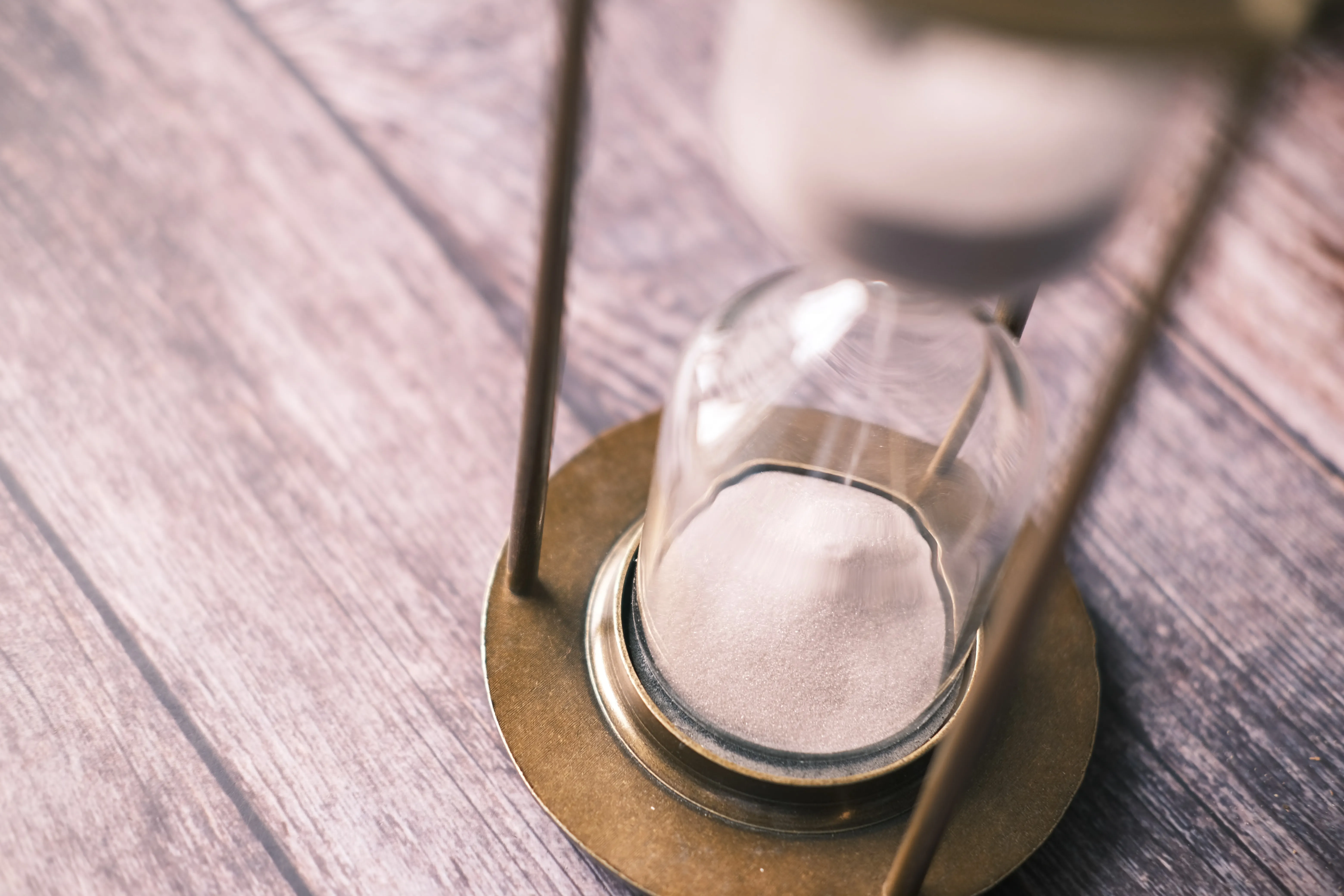
Dialoguing: Have a conversation with yourself or with a specific aspect of your personality, like your inner child or a future, wiser self. This technique can provide clarity and guidance.
Collage Journaling: Use images, pictures, and clippings from magazines, along with your own drawings or photos, to create visual entries. Collage journaling can be a creative way to express emotions and ideas.
Prompt Jar: Write different journaling prompts on slips of paper and keep them in a jar. Whenever you're stuck or looking for inspiration, randomly select a prompt from the jar to kickstart your writing.
Timeline Journaling: Create a visual timeline of events, memories, or experiences. This format allows you to see the progression of your life and gain perspective on how certain events have shaped you.
Focused Intention Journaling: Whether it's shedding unwanted weight, securing a fulfilling job, discovering your dream home, or finding an ideal partner, let your journal be the compass guiding you toward your aspirations. Dedicate its pages to immerse yourself in one area, channeling your thoughts, plans, and dreams until they materialize into your reality.
The key is to experiment and find what resonates with you. Mix and match techniques, or create your own unique approach. Journaling is a deeply personal practice, so there's no one-size-fits-all method. The most important thing is that it feels authentic and meaningful to you.
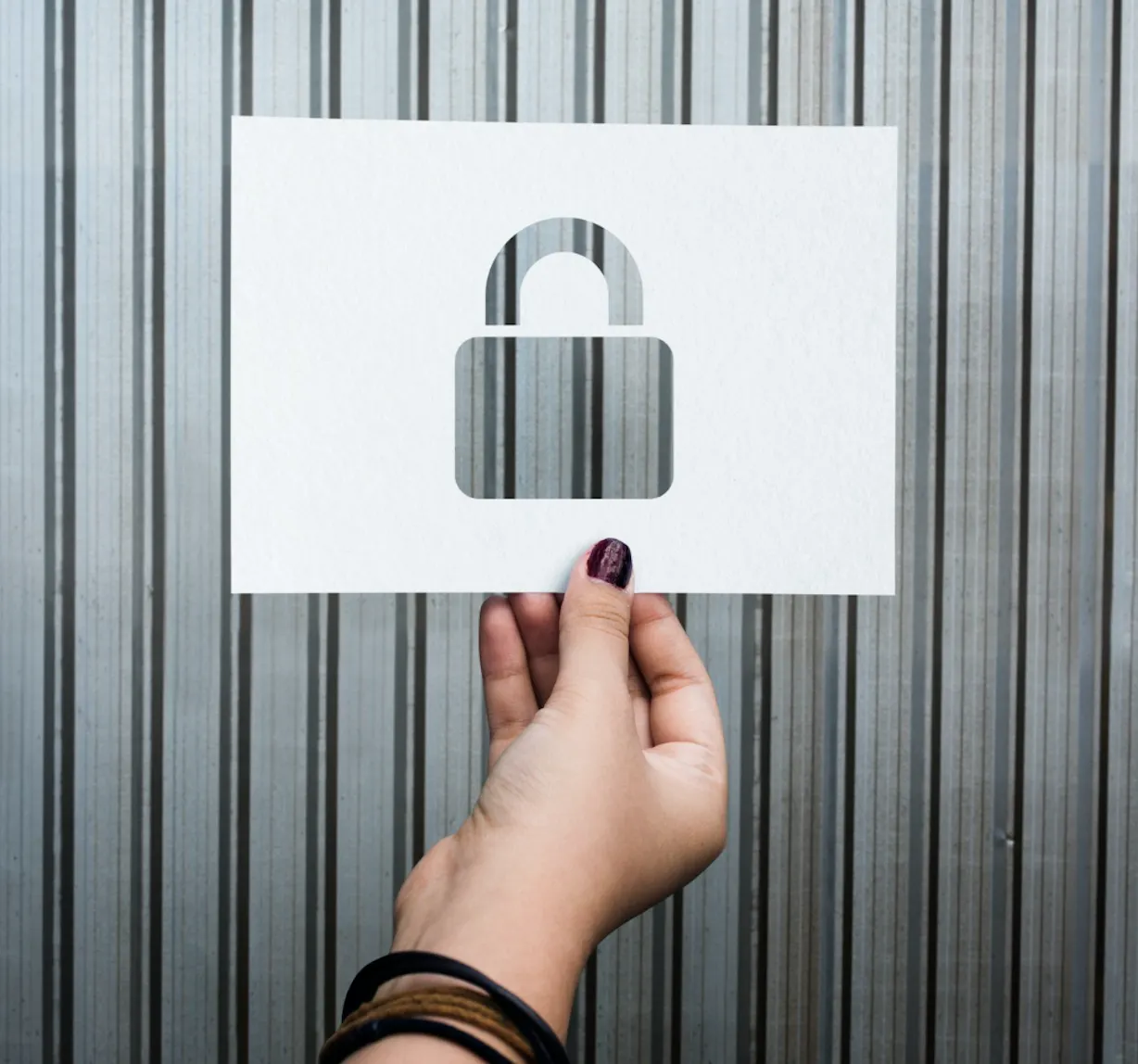
Cherishing Your Journal: Storing and Reflecting
Once you've begun your journaling journey, it's important to consider how you'll preserve and revisit the content. Here's how you can make the most of your journaling experience:
Storing Your Journals: - Find a safe and secure place to store your journals. Consider using a dedicated drawer, shelf, or box where they won't be exposed to extreme temperatures or moisture. This helps protect your memories and insights for years to come. If you want to keep the content of your journals private consider putting them under lock and key and hiding from sight.
The Value of Reconnection: - Periodically revisiting your past entries can be a powerful exercise. It allows you to see how far you've come, what lessons you've learned, and how your perspectives have evolved. It's like having a conversation with your former self.
Tracking Progress and Growth: - As you reread your older entries, take note of recurring themes, patterns, and milestones. This retrospective view can provide valuable insights into your personal growth journey.
Recognizing Achievements: - Celebrate your achievements, no matter how small. Reflect on the challenges you've overcome and the progress you've made. This acknowledgment can boost your confidence and motivation moving forward.
Learning from Setbacks: - Your journals are a record of not only successes but also moments of struggle. Take the time to reflect on these setbacks. What did you learn? How did you overcome them? This self-reflection can be a source of resilience and wisdom.
Embracing Change and Evolution: - Notice how your perspectives, goals, and priorities have shifted over time. Embrace this evolution as a natural part of your personal journey. It's a testament to your adaptability and capacity for growth.
Celebrating Milestones: - Consider marking significant moments in your journaling journey. Whether it's your first entry, a major life event, or a transformative realization, commemorating these milestones can add depth and meaning to your journaling practice.
Balancing Reflection with Forward Motion: - While reconnecting with past entries is valuable, it's also essential to look forward. Use your journal as a tool to set new goals, explore fresh ideas, and envision the future you desire.
By storing and revisiting your journals, you create a treasure trove of memories, insights, and personal growth. It's a testament to your journey, a reminder of your strength, and a source of inspiration for the road ahead. Cherish this practice, and let it be a source of empowerment in your life.
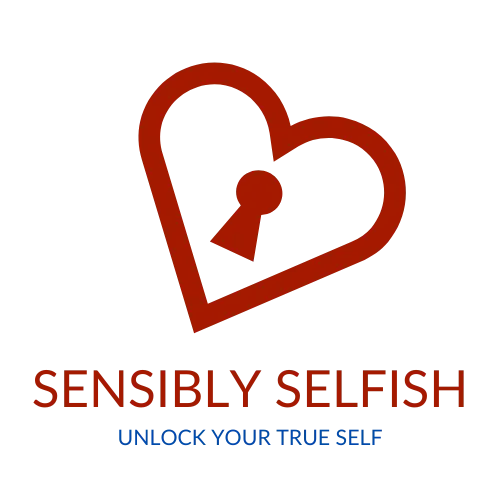
Your Own Sensibly Selfish Journal
As you embark on this transformative journey through journaling, remember that the power to shape your reality lies within the strokes of your pen. The act of putting thoughts to paper is a sacred ritual, a dance of introspection and manifestation. Just as luminaries like Virginia Woolf, Anne Frank, and Maya Angelou once did, you too hold the potential to inscribe your legacy in the pages of your journal.
And for those who seek even greater guidance and structure in their journaling practice, I'm excited to announce the upcoming release of the Sensibly Selfish Journal, expected to launch in December 2023. This meticulously designed tool will be your steadfast companion in this journey of self-discovery and intentional living. If you're eager to join the growing waiting list, simply send a message and be among the first to embark on this empowering path.
Through the ink's embrace, our stories take flight. In the sanctuary of journaling, we find not just words, but our own unwavering truth. Maya Angelou's legacy reminds us: that the power of transformation lies within the pages of our own narratives.

